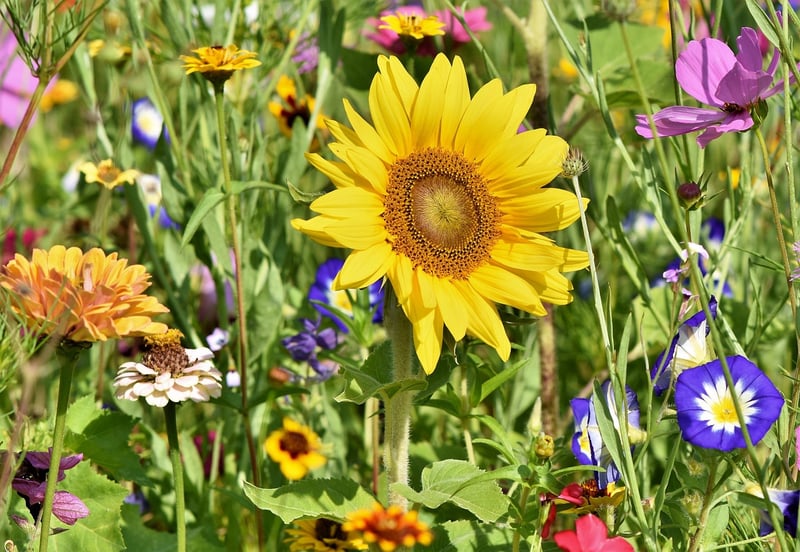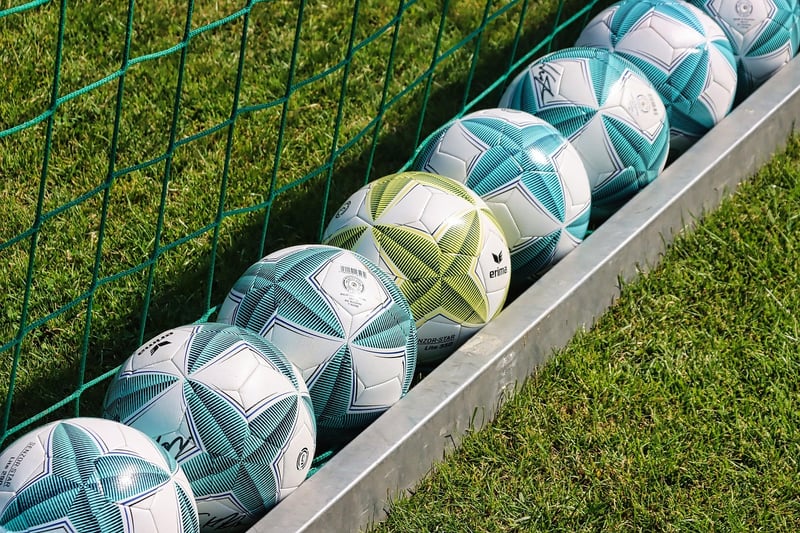Watering best practices
Keep Your Garden Thriving: Watering Best Practices
Having a lush and vibrant garden requires more than just planting the right flowers or vegetables. Proper watering is essential to ensure your garden stays healthy and thriving throughout the season. Follow these watering best practices to keep your garden in top shape:
1. Water Early in the Morning
Water your garden early in the morning to avoid evaporation loss during the heat of the day. This allows the plants to absorb the water effectively and reduces the risk of fungal diseases.
2. Water at the Base of Plants
Direct the water at the base of the plants to ensure the roots receive an adequate amount of moisture. Avoid watering the foliage to prevent issues like mildew or sunburn.
3. Use Proper Irrigation Systems
Consider installing drip irrigation or soaker hoses to deliver water directly to the roots of the plants. This method is efficient and helps conserve water by minimizing runoff and evaporation.
4. Mulch Your Garden Beds
Apply a layer of mulch around your garden beds to retain moisture in the soil. Mulch also helps regulate soil temperature and suppresses weed growth, contributing to overall water conservation.
5. Monitor Soil Moisture
Check the soil moisture regularly by inserting your finger into the soil. Water your garden only when the top few inches are dry to avoid overwatering, which can lead to root rot.
6. Adjust Watering Frequency
Adjust your watering frequency based on the weather conditions and the needs of your plants. During hot and dry periods, increase watering, while reducing it during cooler and rainy spells.
By following these watering best practices, you can ensure that your garden remains healthy, vibrant, and thriving throughout the growing season.

For more tips and tricks on gardening, check out www.gardeners.com/how-to.
